'Journey'
This bronze sculpture represents the helpless, hapless, and the damned who have passed through Piccadilly station since it opened in 1842
One might suppose to be the subject of or the artist behind a piece of civic art would be a desirable way to leave a physical legacy in the world. Future generations would stop to admire the result, gently painted by age and made even more striking than when it was first unveiled. Manchester is replete with monuments recognizing the many achievements of its citizens. Scientists, politicians, activists, musicians, and artists rendered in stone, metal, and paint adorn every corner of urban Manchester—and rightly so!
But what of the unloved examples of public sculpture? Ones that have faded into obscurity edged away from well-beaten paths as the city’s roads and buildings evolve in pursuit of ever-greater modernity. Such an example is the bronze triptych called Journey that sits on London Road, just below Manchester Piccadilly railway station.
The piece was commissioned in 1990 by the Central Manchester Development Corporation in a drive to develop its civic art estate and as a collaborative effort between Partnership Art Limited and students from Sheena Simon College. Despite its relatively modern history, it has largely fallen from view, with its lighting long since dimmed and, for a while, overgrown with ivy. After that, it simply fell off the map as the routes around it changed. As a result, only the curious who will go out of their way to have a closer look can appreciate how remarkable and disquieting Journey is.
It is meant to represent the melange of people: workers, tourists, the helpless, hapless, and the damned who have passed through Piccadilly station since its opening in 1842.
The sculpture originally emanated from a disc in the pavement leading to three chaotically ornamented treelike structures. The decoration is a Lovecraftian collection of perturbing images. Most striking are the faces of lost souls, dead-eyed and anguished, who strive to emerge or maybe escape absorption from the bronze as they fight against a carapace of industrial and organic imagery.
Strange tendrils flow from the top of each plaque representing the inflows of people through history. Yet, they could equally be parasitic feeding tubes drawing the primal energy from those compelled to come to the city to sell their labor.
However you interpret Journey, lack of recognition has done it no favors. Its position hides it from public view save for a brief look from a passing 192 bus. And the placement of ugly access panels and telecom boxes besmirches it further. Journey urgently needs re-siting so more can enjoy its quirky take on the city’s story before it is overshadowed forever.
As civic art goes, Journey, unlike more prominent examples, doesn’t celebrate some grand Mancunian luminary. But, perhaps as vital, the piece highlights the contribution of the many ordinary people who traveled, toiled, and sacrificed to create the vibrant city that today largely ignores this very singular artwork.
Know Before You Go
The art piece is located just below the main entrance to Piccadilly Railway Station. It is best viewed from a street marked as Station Approach, on the concrete support for the traffic to the station. Just beyond it is a footbridge over the main road.
The disc, radiant, and three columns are now all plainly visible.
Plan Your Trip
The Atlas Obscura Podcast is Back!












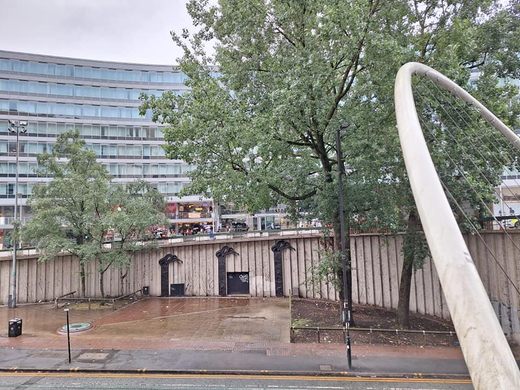
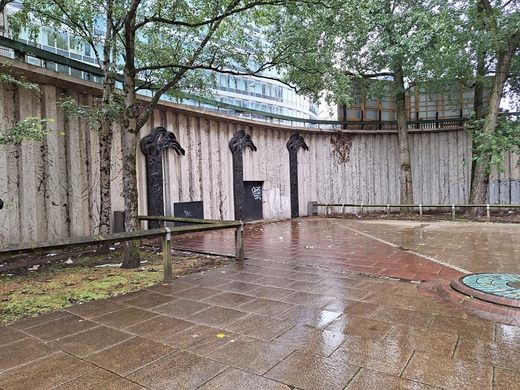
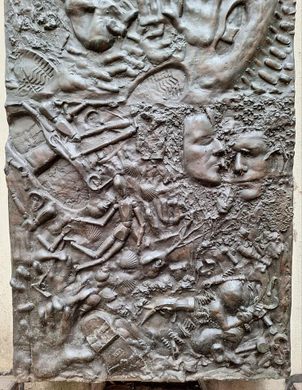









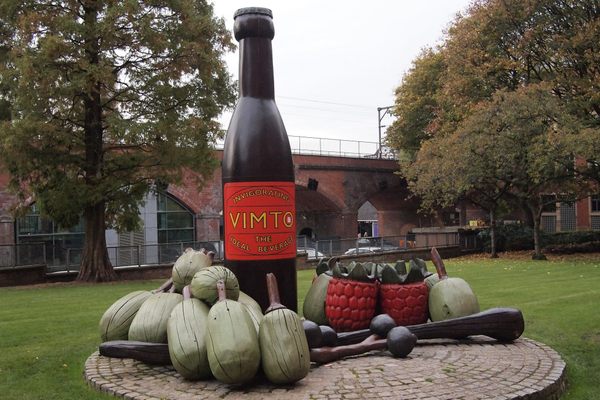
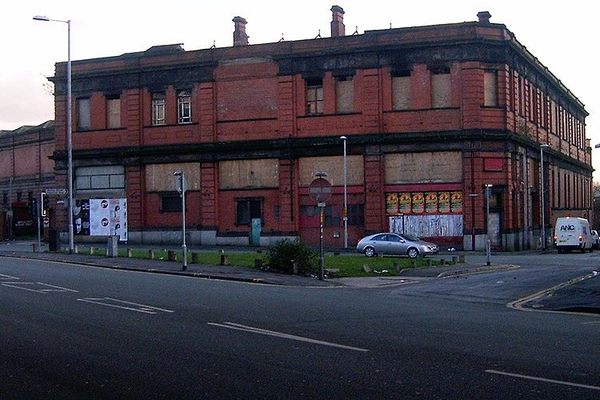


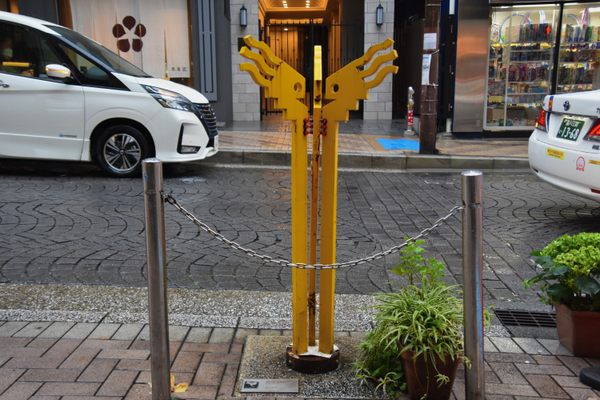
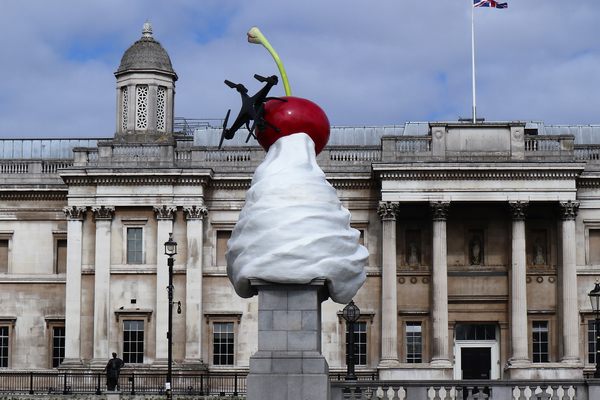

Follow us on Twitter to get the latest on the world's hidden wonders.
Like us on Facebook to get the latest on the world's hidden wonders.
Follow us on Twitter Like us on Facebook